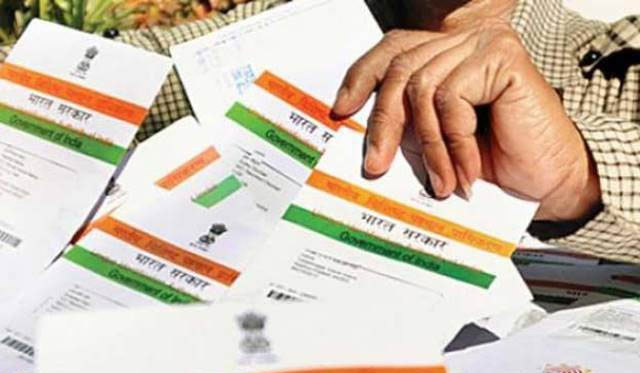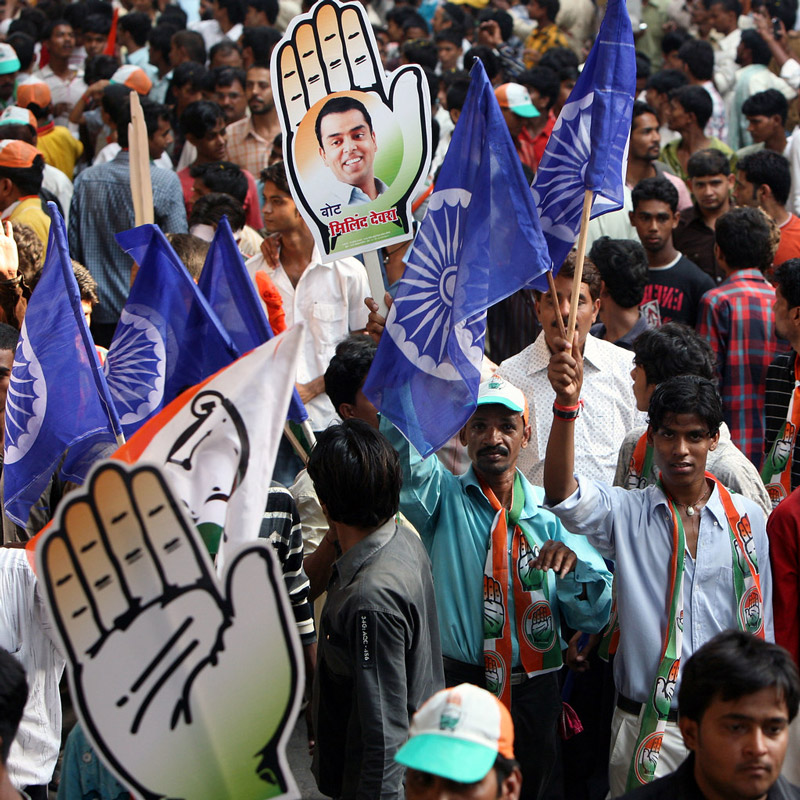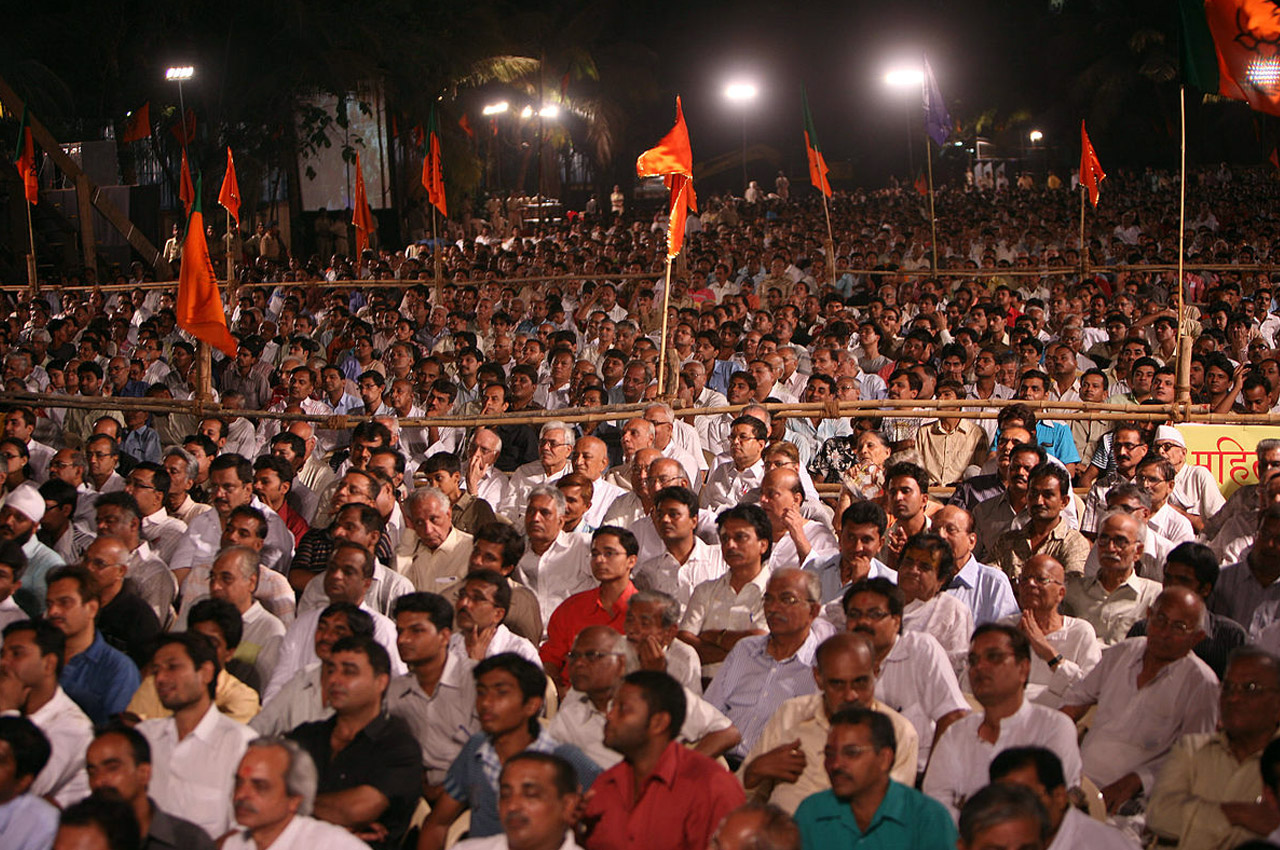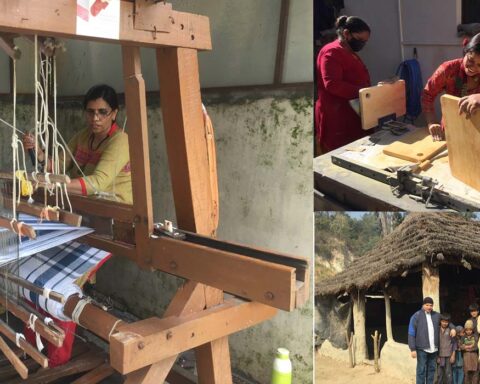The plans for Aadhaar-Voter ID linking are back again even though a recent Supreme Court judgment limited Aadhaar to subsidy delivery. The Supreme Court halted the initial linking exercise, called the National Electoral Roll Purification Authentication Programme, in 2015 through an interim judgment. The Election Commission of India (ECI) is, however, pushing for the linking again as the Supreme Court final judgment in 2018 did not specifically address the issue of Aadhaar and Voter Id linkage. The ECI is arguing that the Supreme Court allowed Aadhaar linkages in the national interest and that the Aadhaar-Voter ID linkage should be treated as such.
The Aadhaar-Voter ID linkage created mass dis-enfranchisement across India, particularly in Telangana and Andhra Pradesh, where the exercise was first experimented with. At least 55 lakh voters were removed from electoral lists in 2015, terming them to be either fraud entries, duplicates or of dead persons. The scale of these voter deletions only came to light during the Telangana assembly elections of 2018, when at least 20 lakh voters could not vote on election day. These complaints of missing names in voter lists were not limited to Telangana and were seen across India during the general election of 2019 as well.

The idea of linking the voter identity document with Aadhaar was first pushed on the ECI by the Unique Identification Authority of India (UIDAI) and it’s then-chairman, Nandan Nilekani. The first pilot implementation of this exercise was conducted in the districts of Hyderabad and Nizamabad in November 2014. Terming the exercise a grand success, the ECI recommended nationwide Aadhaar-Voter ID linkage from January 2015. As a six-month exercise, the linking process was supposed to be completed by August 31, 2015, only to be termed illegal by the Supreme Court on August 13, 2015. The ECI stopped linking Aadhaar but did not stop deleting names from electoral rolls based on already collected data.
The process of Aadhaar-Voter ID linkage in Telangana and Andhra Pradesh is very important as the office of the Chief Electoral Officer of Telangana and AP shared the entire voter database along with photos of voters with the government. The voter IDs were matched with Aadhaar data using State Resident Data Hubs (SRDHs), built for various state governments by UIDAI. The State Resident Data Hub of Andhra Pradesh, containing voter IDs, Aadhaar and other welfare schemes data was further leaked by the Telugu Desam Party to a private company, IT Grids, during the general election of 2019. State Resident Data Hubs create a 360-degree profile of residents, and linking Aadhaar with Voter ID allowed political parties in power to use it to target voters. The ECI never really investigated this entire data breach or the voter name deletions.
The idea of linking the voter identity document with Aadhaar was first pushed onto the Election Commission of India by the UIDAI and its then chairman, Nandan Nilekani.
It wasn’t just SRDHs the voter data was shared with, several Chief Electoral Officers of various states used Aadhaar data from the National Population Register and welfare databases without taking citizens’ permission. Wherever they couldn’t find Aadhaar data of a voter, she/he was removed from the electoral roll. No due process as defined in our electoral laws was followed. With Aadhaar, government officials experimented with all sorts of linkages, leading to mass exclusion, but the voter ID linkage showed the scale of their disregard for the rule of law.
Localised activity
The process of identifying duplicate voters using software applications like State Resident Data Hubs is highly flawed. Electoral lists are prepared by the Electoral Registration Officer (ERO) of a constituency and is a highly localised activity defined under the Representation of People’s Act of 1951. The ECI centralised this essentially decentralised activity performed by EROs using a software without due process. When an algorithm is used to find duplicate voters, the algorithm and the software need to be made public and it cannot be done without a proportionate law.
There are several other issues in linking Aadhaar with voter IDs ranging from disenfranchisement to biometric exclusions, citizenship, privacy and voter fraud. This process attacks the very idea of free and fair elections. The ECI’s argument of the need for Aadhaar linkage to eliminate voter fraud is highly flawed, when there are no guarantees that the Aadhaar database itself has no fraudulent entries.

As a resident’s identity, Aadhaar was given to anyone without any major checks but a voter ID is only given to citizens after due verification. Linking Aadhaar with voter IDs will create complexities that cannot be fixed easily. It could also be easily weaponised as a citizenship test, which can become a major controversy in India with the Citizenship (Amendment) Act of 2019.
State Resident Data Hubs create a 360-degree profile of residents and linking Aadhaar with voter ID allowed political parties in power to use it to target voters. The ECI never really investigated this entire data breach or the voter name deletions.
The issue of citizenship and Aadhaar and voter IDs needs to be looked into very seriously. The threat from Aadhaar-voter ID linkage does not amount to just individuals being disenfranchised but collectives also losing out due to data-driven elections. An upcoming delimitation exercise in 2026 determines the future of India’s constituencies and how representation itself will work. A political party in power armed with voter data and census data linked to Aadhaar can easily game an exercise like delimitation to ensure minorities in India are split across constituencies. The citizens of India need to reject the proposed linkages of Aadhaar with several databases, specially with voter IDs.
Even after these issues with Aadhaar and voter ID linkage have been repeatedly highlighted, the ECI is unwavering from its stance. This raises questions on the true intent of the electoral commission. The scope of the Aadhaar-voter ID linkage goes beyond removing duplicate voters, it is laying the ground for electronic voting using Aadhaar. In fact, the Telangana State Election Commission is already hosting a mock election in Khammam using smartphone-based e-voting, where Aadhaar and voter ID are linked.
The idea of e-voting, which may sound exciting, is a rather complicated affair as it can result in tampering with the polls themselves. Elections are held based on a few fundamental principles: they need to be fair and transparent, and at the same time anonymity using the secret ballot needs to be ensured. E-voting poses a direct threat to the secret ballot, where Aadhaar-based voting can potentially identify who is casting votes for a particular party. Even when this is ensured, there are other challenges or malware or cyber attacks on election infrastructure. Most important of all is the issue of trust: how can people trust electronic voting, when the threat of it malfunctioning or being tampered with clearly exists.
There are several other issues in linking Aadhaar with voter IDs ranging from disenfranchisement to biometric exclusions, citizenship, privacy and voter fraud. This process attacks the very idea of free and fair elections.

These ideas of e-voting and a digital identity (Aadhaar) were first implemented in Estonia as early as 2001. It is the Estonian model that the Indian authorities have been copy pasting for Aadhaar, SRDHs, the National Population Register, and e-voting. The Estonian experiments were not without resistance and it made citizens approach courts over the source code of the e-voting software and transparency of e-voting. The Estonian e-voting model as a concept has been rejected in the European Union, but is being introduced in India without clearly providing citizens full details of the project. Like Aadhaar, the proponents of this voter ID linkage want to push e-voting without informing the general public about their end goals.
In the age of Cambridge Analytica, the idea of e-voting is a threat to democracy and its ideals. The ECI has ignored the need to investigate Cambridge Analytica, while its counterparts in Europe and the US have submitted several reports on the data leakage controversy. In the case of the SRDH voter data breach in Andhra Pradesh, even after extensive complaints from political parties, the ECI slept on the issue. Now, it wants to promote Aadhaar-voter ID linkage yet again, without looking into its dangers.


























